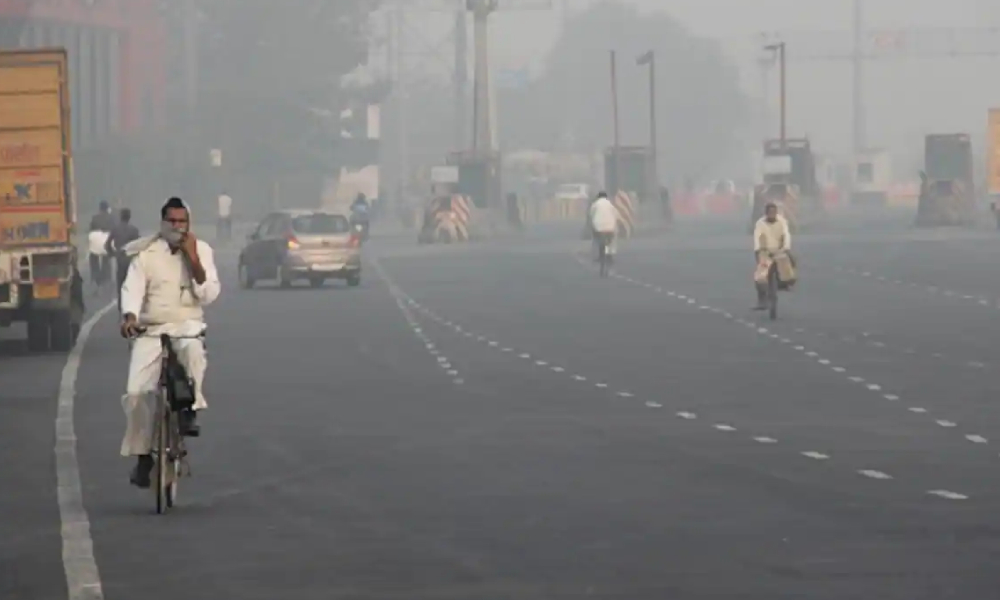
Image Credits: india.com
About 25% Of Global Air Pollution Related Deaths Recorded In India: Study
Writer: Chahat Suri
Chahat is a diligent, lively and a competitive student who is on her way to explore the world. An individual with a creative outlook, offering unconventional ideas, who wants to broaden her horizons in broadcast media and content writing.
India, 29 July 2021 10:58 AM GMT
Editor : Ankita Singh |
A literature lover who likes delving deeper into a wide range of societal issues and expresses her opinions about the same. Keeps looking for best-read recommendations while enjoying her coffee and tea.
Creatives : Chahat Suri
Chahat is a diligent, lively and a competitive student who is on her way to explore the world. An individual with a creative outlook, offering unconventional ideas, who wants to broaden her horizons in broadcast media and content writing.
Cooking with solid fuels is a major source of early death and ill-health among lower-income Indians. The same group also suffers disproportionately from air pollution generated by other, more general sources.
The world's eyes have been fixed on one issue over the past year: the deadly COVID-19. But considerably less attention is paid to a tenacious and deadly problem- exposure to ambient air pollution. Breathing ambient air with dangerous levels of fine particulate matter (PM2.5) is the reason behind approximately 4 million early deaths every year globally, among which hundreds of thousands are children.
About 25% of these deaths were recorded in India alone. The poorest households in India experience the double burden of Air Pollution, i.e. smoke from the burning of dung, wood and other solid fuels during household chores. They are disproportionately exposed to ambient air pollution caused by their household consumption and affluent urban households with higher consumption emissions per capita.
Sources of Air Pollution
Globally, fossil fuels used for power generation, industry and land transportation contribute most to PM2.5 pollution. In India, smoke from solid fuel use for cooking and other household activities is the largest source of ambient air pollution.
In a recent study, the results have shown that about 20–50% of the pollutants in ambient air originate from residential solid fuel combustion. Household solid fuel use for cooking in India is associated with low socioeconomic status. Despite initiatives by the Indian government to promote the use of liquefied petroleum gas, around 70% of the Indian population is still dependent upon solid fuels for cooking, which produces more air pollution.
Survey Analysis
Recent studies have shown that lower-income households in India bear the brunt of air pollution from two major sources: firstly, they usually cook with solid fuels and therefore are disclosed to high levels of indoor air pollution; secondly, they are disproportionately impacted by exposure to air pollution from the household consumption of richer-income groups. This double burden on the poorest makes them nine times more presumably to die from air pollution than the rich income groups whereas each income group's relative contribution to air pollution is taken into account.
Further indirect emissions from household consumption contribute more to ambient PM2.5 concentrations than direct emissions, and the contribution from the highest-income group to indirect emissions is greater than that from the poorest 10% of households.
Also, emissions from household solid fuel burning, which includes high levels of black carbon and precursors for secondary organic aerosols, may be riskier to human health than other components in PM2.58. If so, the health effects of household air pollution may be even greater than what is estimated, meaning that there is a wider gap between rich and poor from air-pollution-related ill-health than reported.
Also Read: How Surat's Emissions Trading Scheme Aims To Reduce Air Pollution
 All section
All section














